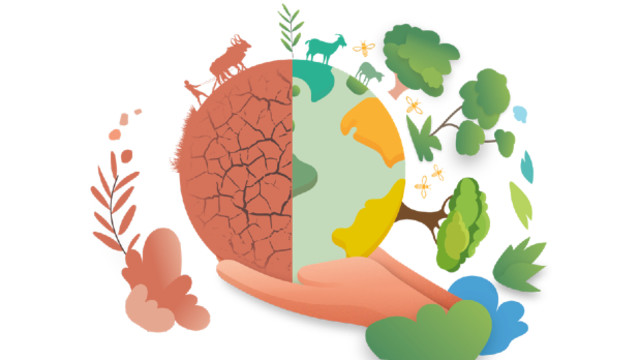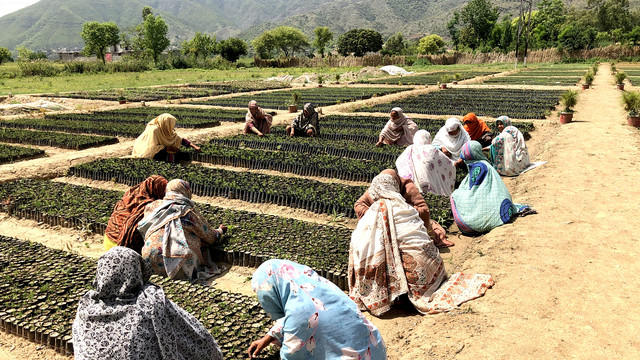Supporting locally-controlled forest enterprises
Locally-controlled forest enterprises are a key way to protect both forests and the livelihoods of those who live in and around them. But they can be weak and so small that profits are marginal. That's why IIED is working to strengthen their capacity and organisation.

Commercial logging in Tengchong, China. Photo: Simon Lim
A commercial right to use forest resources is a powerful incentive for local people to keep forests standing. But translating this right into profits also requires both business capacity and working at a larger scale to cut costs, negotiate better prices and create value-added products.
Strengthening this capacity and organisation are essential components of investing in locally-controlled forestry.
Building business capacity
IIED has been working with partners to understand how best to build the capacity and organisation of locally-controlled forest enterprises. Much of this work has been captured in a series of partner-led books and reports that document the nature and scale of such enterprises and identifies opportunities, constraints and critical intervention points to help them.
Shared learning has been a key feature of our work, where together with the UN Food and Agriculture Organization (FAO) and The Center for People and Forests (RECOFTC), we have co-managed an ad-hoc international alliance called Forest Connect. This comprises more than 1,000 individuals and institutions from 94 countries that support locally-controlled forest enterprises.
Empowering local forest and farm producer organisations
Many locally-controlled forest enterprises lack the power to get a fair deal in markets or to improve the business environment in their favour. A core part of our work is to show enterprises how they can boost their market prospects by becoming better organised. We also show them that they can improve the business environment by joining or creating associations and federations at the regional and national level.
To this end, IIED contributes to the management of a new Forest and Farm Facility, which supports smallholder forest and farm producer organisations.
We also work closely with the three international alliances of community, indigenous and family foresters — the Three Rights-Holders’ Group — to promote investing in locally-controlled forestry at a global policymaking level, including through The Forests Dialogue process.
Helping investment
As business capacity among strong forest and farm producer groups spreads, options for fair and balanced asset investment also increase.
IIED works with partners to guide investors on how best to engage with locally-controlled forestry – both through practical action learning in several countries, but also through publications such as the 'Guide to investing in locally controlled forestry'.
Publications
Supporting small forest enterprises – a facilitator's toolkit. Pocket guidance not rocket science!, Duncan Macqueen (ed.) Leena Chakrabarti, Shambhu Dangal, Pierre du Plessis, Alison Griffith, Sophie Grouwels, Sushil Gyawali, Jennifer Heney, Daphne Hewitt, Yarri Kamara, Prakash Katwal, Rohit Magotra, Shiva Shankar Pandey, Nabaraj Panta, Bhishma Sube, Sony Bar (2012), IIED
Guide to investing in locally controlled forestry, Dominic Elson (2012), IIED Forestry and Land Use Series
A review of TFD's initiative on investing in locally controlled forestry, Duncan Macqueen, Chris Buss, Teresa Sarroca (2012), The Forests Dialogue, New Haven



